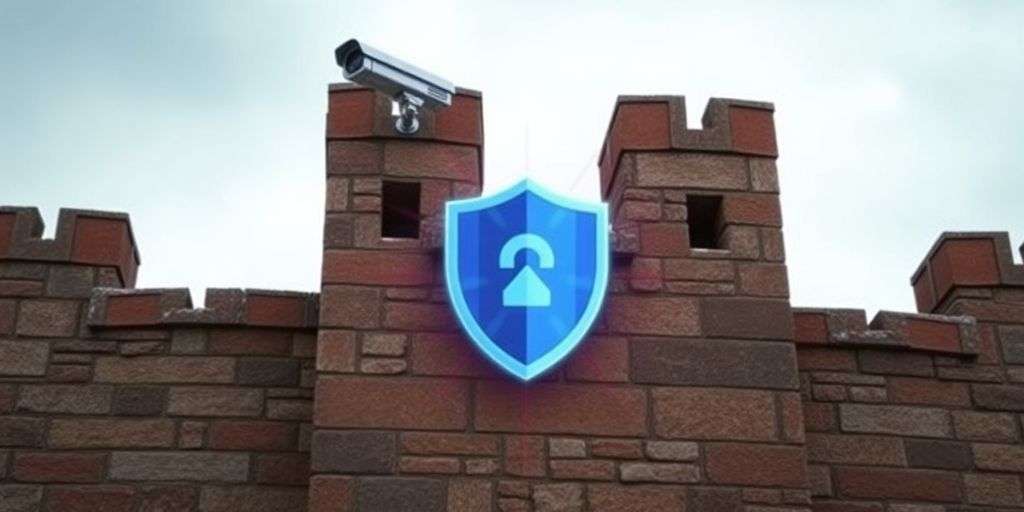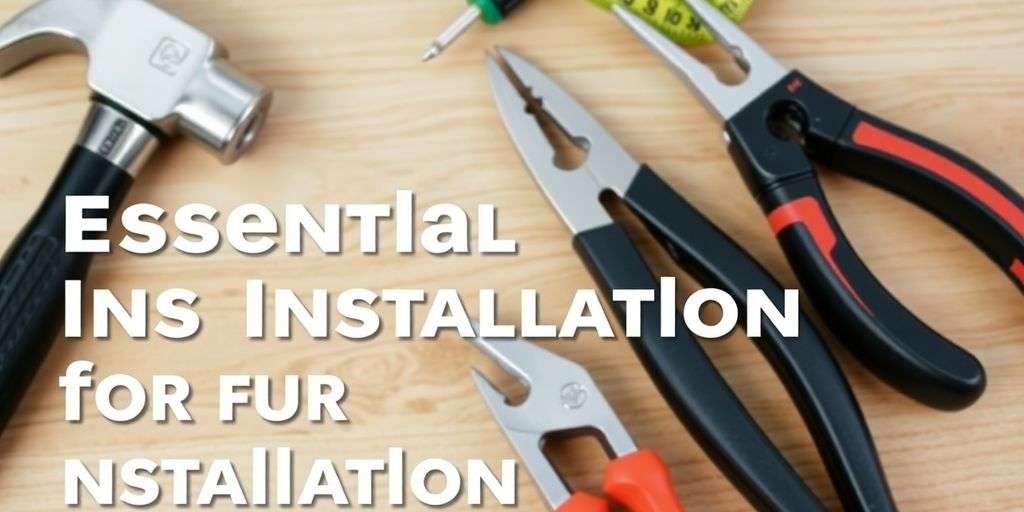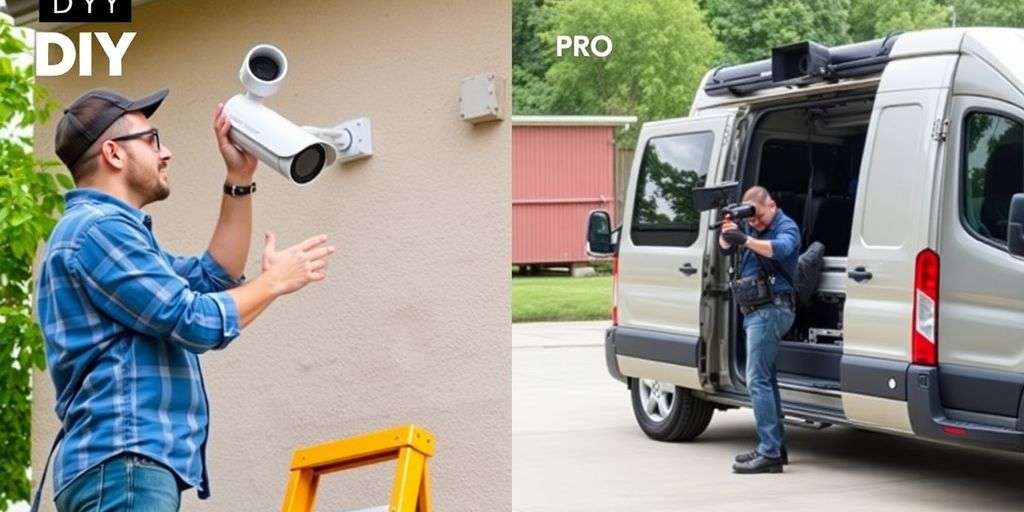Understanding the correct power levels for an electric fence is crucial to ensure it functions effectively without causing harm. This article explores how to determine the appropriate strength for different types of fences and conditions.
Key Takeaways
- Selecting the right joule rating is essential and depends on fence length, animal type, and vegetation.
- A minimum voltage of 3.5kV is generally effective, but more powerful energisers may be required for longer or vegetated fences.
- Regular monitoring with a voltmeter and choosing the correct wire gauge are key to maintaining fence performance.
Understanding the Basics of Electric Fence Power Requirements
Determining the Necessary Voltage
To ensure your electric fence is effective, it’s crucial to determine the necessary voltage. The voltage required can vary depending on the type of animal you intend to contain or deter. For instance, larger animals such as cattle may require a higher voltage compared to smaller animals like sheep. Always ensure the voltage is high enough to deter the animal but safe enough to prevent harm.
Assessing Joule Ratings for Different Fence Types
Joule ratings indicate the energy output of your fence’s energizer and are pivotal in assessing its effectiveness. Different types of fences and the animals they contain will require different joule ratings. For example, a fence containing large livestock or covering a large area with heavy vegetation will need a higher joule rating to maintain an effective charge along the entire length.
The Role of Amperage in Fence Performance
Amperage, or current, plays a critical role in the performance of your electric fence. It’s the measure of the flow of the electrical charge, and understanding its role helps in optimising the fence’s efficiency. Higher amperage can be necessary when dealing with thick vegetation or larger animals, as it ensures the electric charge is strong and consistent enough to be effective across the fence line.
Selecting the Right Energizer for Your Needs
Choosing Between Hydro, Batteries, or Solar Power
The first step in selecting an energizer is to determine your power source. If the fence is close enough, an energizer that plugs into the hydro is often the cheapest and easiest solution. As the fence gets further away from an outlet, running wires becomes expensive and other power options start to look more attractive. Deep-cycling 12 volt marine batteries are another potential power source, offering portability and sufficient energy storage. Alternatively, solar-powered energizers provide a sustainable and low-maintenance option, especially in sunny locations.
Matching Output Voltage to Livestock Needs
It’s crucial to match the output voltage of your energizer to the specific needs of your livestock. Different animals have varying sensitivities to electric shocks. For instance, horses may require a lower voltage compared to cattle or wild animals. Ensuring the correct voltage not only keeps your animals safe but also prevents them from escaping.
Ensuring Adequate Joule Output for Fence Length and Vegetation
The effectiveness of your electric fence also depends on the joule output of the energizer. This measurement indicates the energy delivered with each pulse. A higher joule rating is often necessary for longer fences or those with heavy vegetation, which can drain the charge. Here’s a simple guide to help you decide:
| Fence Length (in miles) | Recommended Joule Rating |
|---|---|
| Up to 1 | 0.1 to 0.3 Joules |
| 1 to 5 | 0.3 to 1 Joule |
| More than 5 | 1 Joule and above |
Remember, selecting the right energizer is not just about power; it’s about the efficiency and longevity of your fence system.
Factors Influencing Electric Fence Performance
Impact of Fence Length and Vegetation
The length of your fence and the amount of vegetation touching it are crucial factors that affect its performance. The longer the fence and the more vegetation present, the more power is required from your energiser. This is because vegetation can ground the electrical current, reducing the fence’s effectiveness. To maintain optimal performance, consider the following:
- Regularly trim vegetation along the fence line.
- Choose a higher joule rating if clearing vegetation is not feasible.
- Ensure your energiser’s output matches the total length and vegetation density.
Importance of Regular Maintenance
Regular maintenance is essential to ensure your electric fence performs reliably. This includes checking for and repairing any breaks in the wire, ensuring the energiser functions correctly, and keeping the fence line clear of excessive vegetation. Regular checks will help you catch issues before they compromise the fence’s integrity and effectiveness.
Choosing the Correct Wire Gauge for Durability
Selecting the appropriate wire gauge is vital for both the durability and functionality of your electric fence. Thicker wires will generally carry the charge more effectively and withstand environmental stress better than thinner ones. Consider the type of livestock and the physical environment when choosing your wire gauge to ensure it can handle the expected wear and tear.
Practical Tips for Optimising Electric Fence Efficiency
Using a Voltmeter to Monitor Fence Performance
To ensure your electric fence is always operating at peak efficiency, regularly use a voltmeter to check the voltage. This simple tool can help you identify any potential issues early, preventing larger problems down the line. Regular monitoring is key to maintaining an effective barrier.
When to Consider a Higher Joule Rating
If you notice consistent voltage drops or your fence fails to effectively deter livestock, it might be time to consider upgrading to a higher joule rating. This adjustment can enhance the shock delivered by the fence, ensuring that it remains a robust deterrent.
Selecting the Best Type of Fence for Your Requirements
Choosing the right type of fence is crucial for optimising efficiency. Consider factors such as the livestock type, the terrain, and the climate. Different materials and designs can significantly impact the performance and maintenance needs of your fence.
Conclusion
In conclusion, determining the appropriate power level for an electric fence requires careful consideration of several factors. The type and size of the animals, the length and condition of the fence, and the presence of vegetation or other obstructions all play crucial roles in selecting the right energizer. A minimum of 0.5 joules is generally recommended, but this may vary depending on specific circumstances. It is advisable to opt for a higher joule rating to ensure effective containment and to accommodate any unforeseen challenges. Regular monitoring with a voltmeter and adjustments as necessary will help maintain the efficacy of the fence. Ultimately, the goal is to choose an energizer that provides a reliable barrier while ensuring the safety and security of the animals contained within.
Frequently Asked Questions
What factors should I consider when selecting the joule rating for an electric fence?
The joule rating depends on the fence length, type of animal, and presence of vegetation or obstructions. A higher joule rating may be necessary for longer fences, thicker vegetation, or larger animals.
How do I ensure my electric fence is effective in maintaining voltage?
Use a voltmeter to monitor fence performance. Ensure the energiser can maintain a sufficient voltage even in adverse conditions like rain or heavy vegetation.
What type of wire is best for electric fences?
A 12.5-gauge high tensile wire is typically recommended for both permanent and semi-permanent fences to achieve optimal results.





